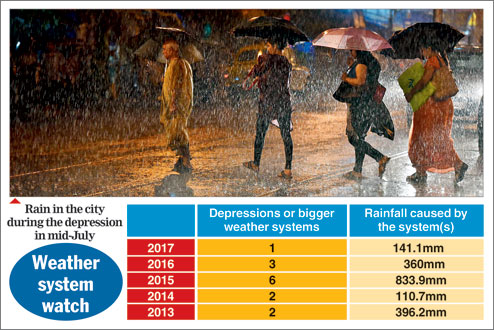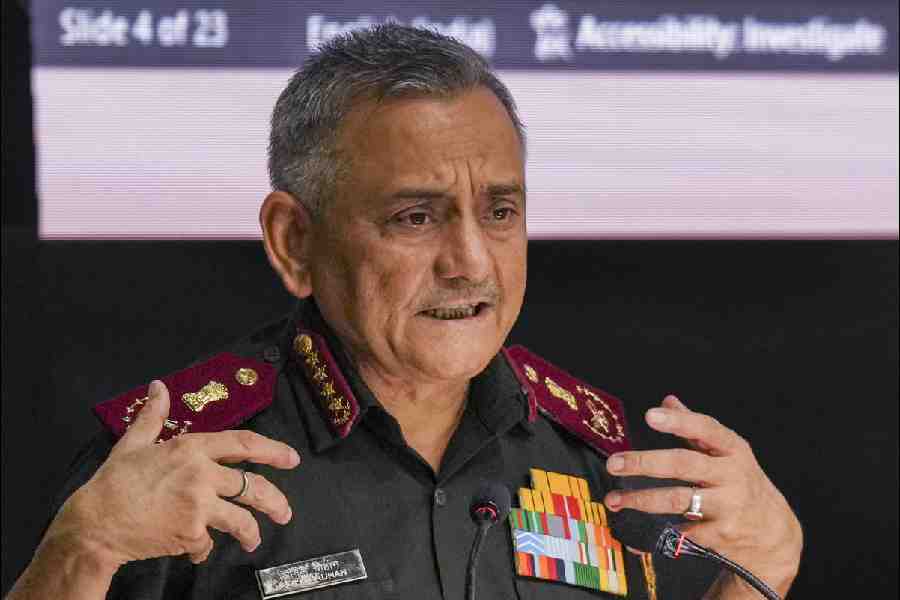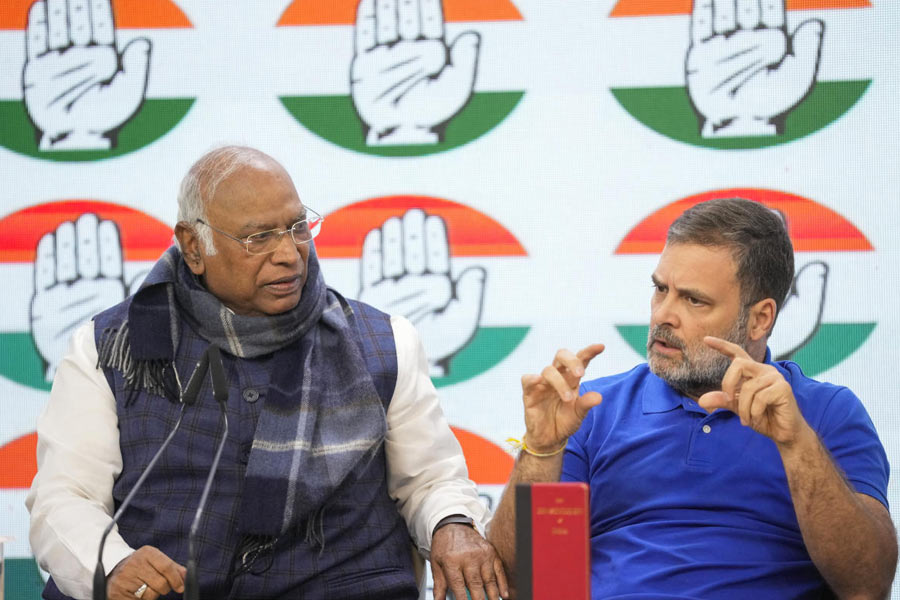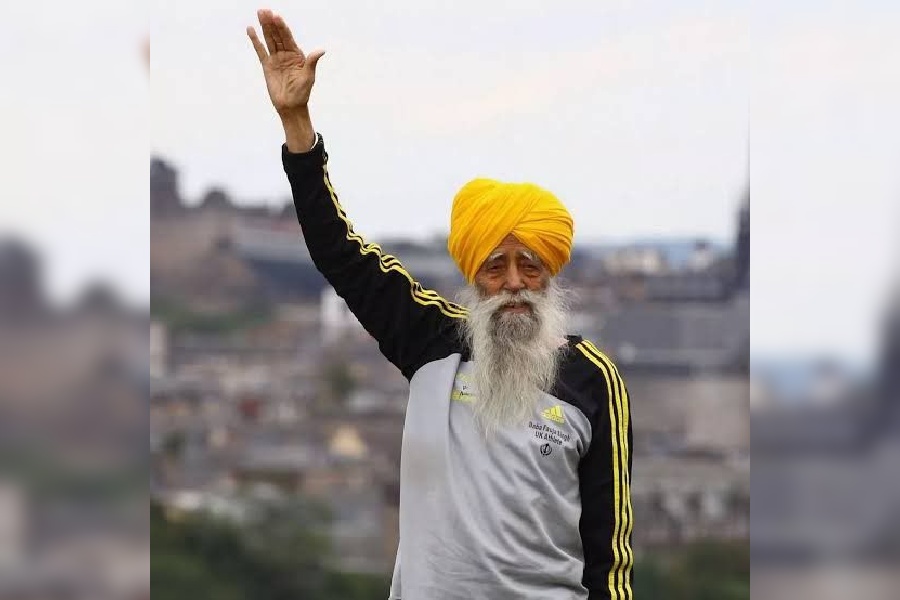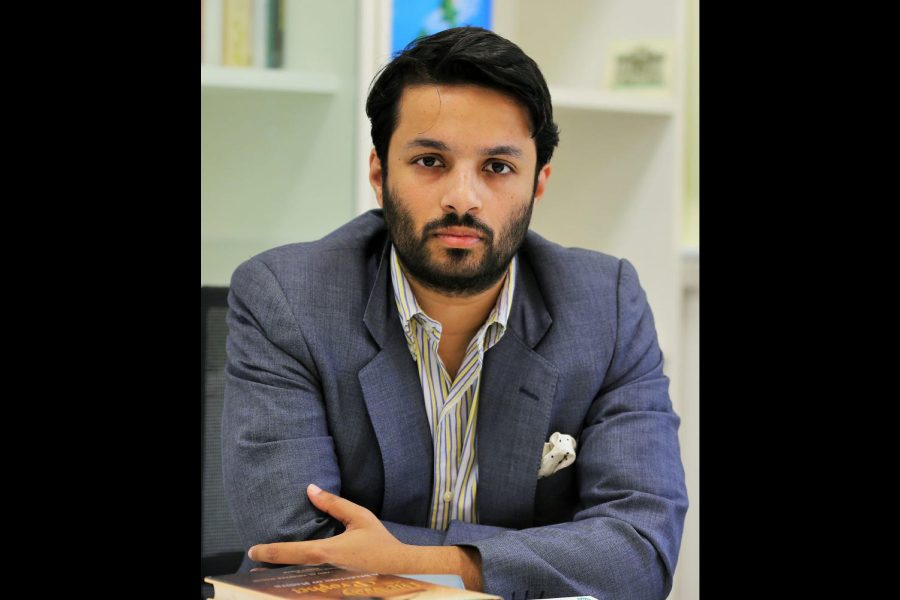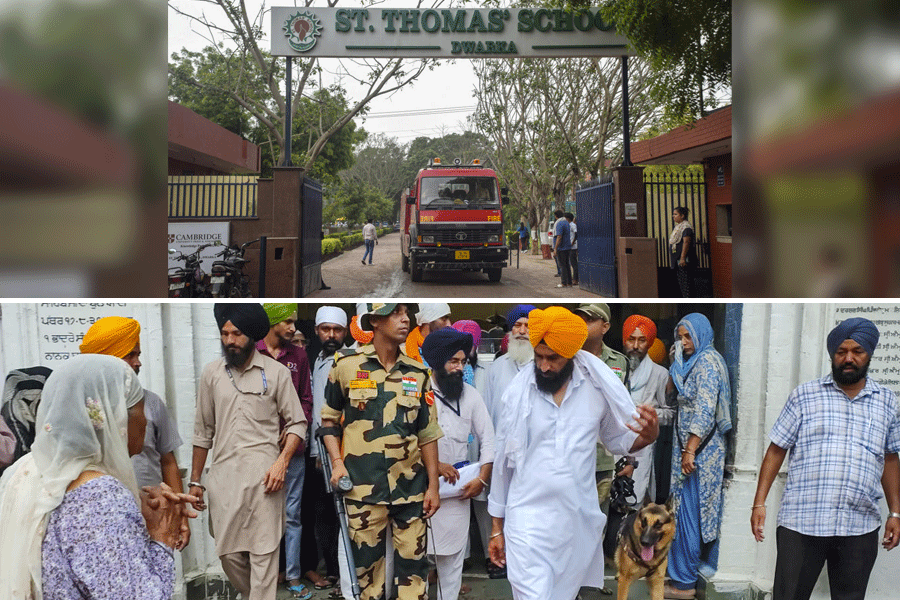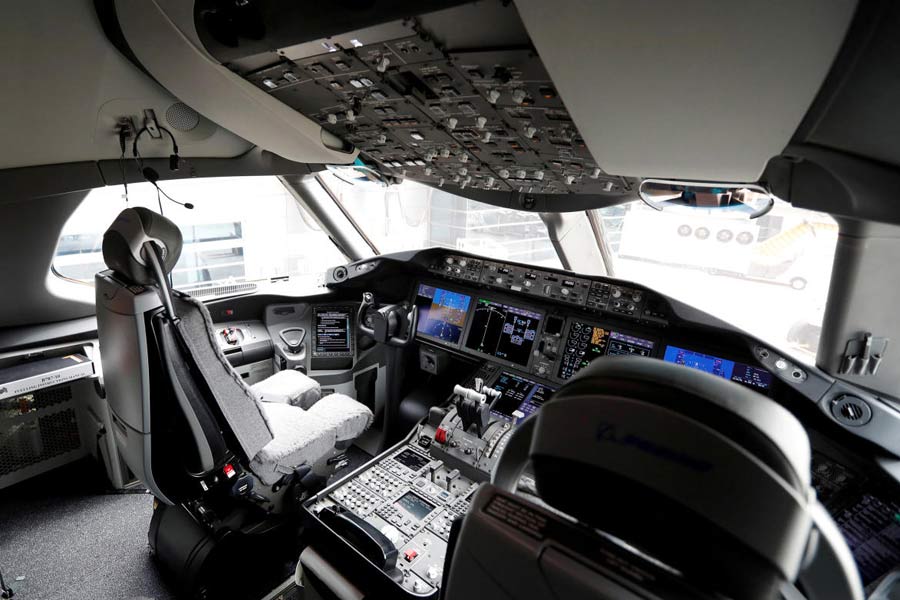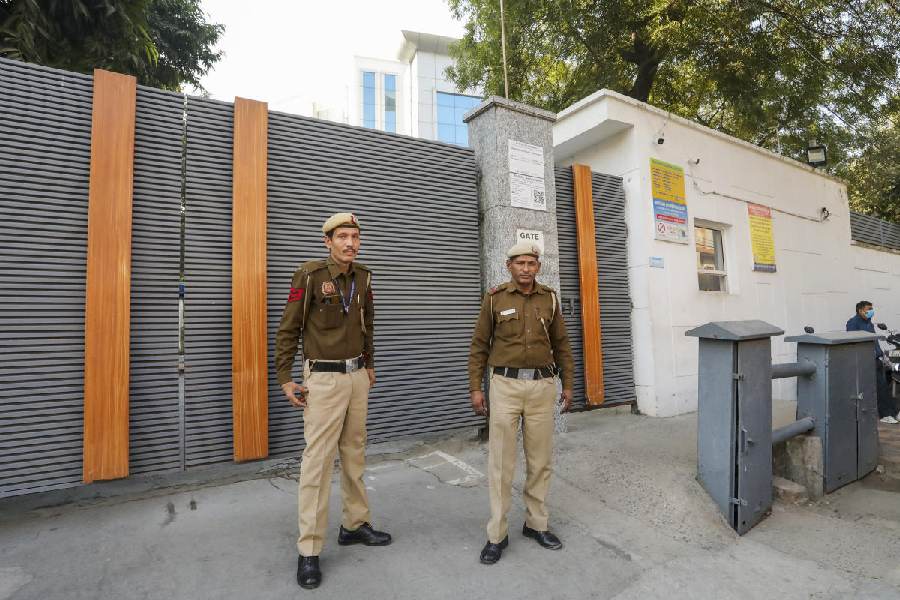
The British Council team in Calcutta has had a packed calendar this year, ending with a grand closing ceremony for their arts project 'Silk River' at Victoria Memorial Hall on December 16. Metro chatted with Debanjan Chakrabarti, who took over as director of British Council India, East and Northeast, in mid-2016.
Let's start with introductions. Tell us a bit about yourself...
I am 43 years old... no, wait, 44! I have studied at three ' pur's - Ramakrishna Mission Purulia, Ramakrishna Mission Narendrapur, then BA and MA in English at Jadavpur. And then I got a Phd from Reading University in the UK. My Phd was in English and media studies. I looked at Graham Greene's journalism and the impact it had on his fiction.
No wonder you worked at The Telegraph...
I started my career at The Telegraph. I was fascinated by news production. What is news, that question is of tremendous importance to me. And the position of media and its new avatar as social media, continues to obsess me. Increasingly I've felt that social media has morphed, from being a personal medium, into being the arbiter of public tastes and morals.
At The Telegraph, I was a part of the region desk. So, I learnt a lot about the northeast, which ties in with what I am doing now. Handling news and features from the northeast opened up new worlds.
After a little more than two years at TT, I joined the British Council in 1999 on my first stint here. I worked for two years (as assistant manager, cultural affairs, public relations and English studies) and left to teach English at Visva-Bharati. But soon my scholarship to the UK worked out. So within seven months of getting my "dream job" I was again off, to my "dream destination." But the universe conspired again and a career with the British Council just appeared out of nowhere.
Coming to your present role in British Council, can you pick three highlights of the past 18 months as director?
First is our focus on the northeast. We've always had some work happening in the northeast, but I think it was not a huge priority for British Council India. I've always been very passionate about the northeast and coming from a non-metropolitan background - I grew up in Ghatshila - I think I have a thing for the non-metros. I made a very conscious decision to focus on the northeast. And I was fortunate that Alan (Gemmell, British Council India director) arrived in India at the same time, who bought into this immediately. We got the nomenclature of the directorate changed to include "northeast". It was a deliberate thing, to acknowledge the diversity and uniqueness of the northeast. It helps us relate better to the geographic area.
The second priority has been our work in the digital space, particularly in arts. Take, for example, Mix the City Kolkata. We have put together digital art interactive gamified platforms to engage with young people. It is created by a UK company called Flying Objects and curated by an exciting Israeli musician with strong UK links, and it features 12 amazing musicians from Calcutta in some iconic locations of the city, not just the typical Victoria Memorial and Howrah bridge. There's also the modern and the contemporary and the non-nostalgic, like Eco Park.
Because 2017 is the Year of Culture between the UK and India, we wanted to create the basis for the next 70 years of interaction between the UK and India, particularly through young people, who consume content differently from their previous generation.
Before that we had Mix the Play. The India product was Romeo and Julie and the global product was with A Midsummer Night's Dream. It again gave youngsters gamified content, because why else would a teenager engage with Shakespearean language?
Then there's Mix the Body, where of the most cutting-edge dance companies in the world has worked with Attakkalari (performing arts organisation based in Bangalore) to create a fascinating platform.
My daughter Lori, who is 12, mixed it on the iPad and instinctively said, "This is so cool!" And that matters, not as a parent, but as someone who's trying to work with a whole range of exciting colleagues to give British Council a direction for the next five to 10 years, at the very least. I think we have to be in that space where we are creating content that excites and engages the young audience. It is also about our relevance in the 21st century.
The third thing is a focus on relevant audiences. We have come up with a focused approach with the audiences we would like to work with. In the next four to five years, we want to reach 100 million young people in India who engage substantially with the UK in education and culture and through English language.
Can you share with us three important focus areas for British Council India, East and Northeast?
Sustainability of our work will continue to challenge us. We are a not-for-profit organisation, we do not generate surplus for any shareholders, but it's important for us to sustain ourselves. Moving ahead we will have to work with partners. We have to deliver more ambitiously but also do things in different locations. In our Bihar education project, for example, the state government was our partner. In a completely different area, we have created funding opportunities in the arts where partners from England, Scotland, Wales and Northern Ireland join hands with Indian organisations and create fantastic arts projects. Like Silk River. It's about joining communities to arts.
Our work in English language will continue to be important, both for India's needs in the skills sector. We are gradually bringing in more of an employable skills perspective to our work.
We need to have a more specific focus on women and girls. And the role they play in all three areas that British Council works in - arts, English language and teacher education, and higher education or the global knowledge economy, as we call it.
In our India management board, just by adhering to our values, we have 50-50 local staff and UK staff, and 50 per cent women and 50 per cent men. I think British Council, because of its ethos, is an organisation that can do more in the field of women and girls.
What is the best thing about being in British Council for you personally?
Apart from the coffee, you mean? ( Smiles)
I think it's a fantastic learning organisation, from an external perspective, and if you are an employee. I walk through the library and the language classrooms to get to my office - can it be any better?
It is an organisation that values equality and diversity and inclusiveness and that matters simply because of the work that we are in.
And finally, British Council is a fun organisation to work in. Some of our time is spent on spreadsheets and processes, but there are moments of magic. My high point was travelling a week with (Scottish crime writer) Ian Rankin on his first and only India tour, in 2010, as part of Lit Sutra.

